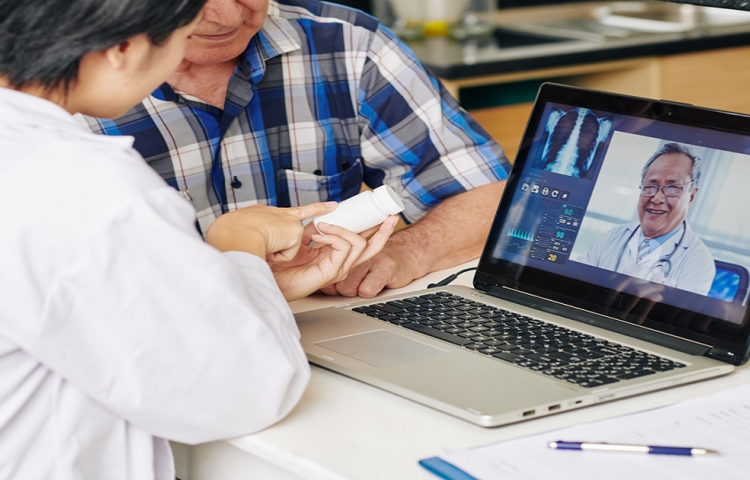
Fundamentals of RPM: Increasing staff safety and reducing patient anxiety
By Thom Erickson, Director of Technical Standards, Personal Connected Health Alliance
COVID-19 quickly overwhelmed clinics world-wide putting unforeseen strain on the hospital system. The rapid influx of patients consumed valuable bed space. The highly contagious disease put doctors and staff at high risk. Patients were told to wait at home until their condition became life-threatening. When they were admitted to the hospital, they increased the risk of infection and death to staff and other patients. CDC Director Robert Redfield cautions a second wave “will be far more dire because it is likely to coincide with the start of the flu season.”
Remote patient monitoring can potentially save lives. It offers a method for patients to proactively monitor their condition at home with fair warning if/when their condition worsens and warrants admitting to a hospital. When in the hospital, patients can continue monitoring their condition isolated from the staff with intervention only seconds away when needed. Limited deployments have demonstrated the efficacy of remote patient monitoring.
Device Interoperability
There are a number of device manufacturers and platform vendors that provide connectivity today using a specific set of sensors, gateways or health record systems. However, the geometric growth of COVID-19 cases demonstrates the immediate need to greatly increase the number of devices and platforms in far greater numbers that can be delivered by any one company. Multiple manufacturers from all around the world need to produce billions of sensors and platforms that can automatically communicate with one another where ever they are deployed. This is where interoperability is essential.
Achieving medical-grade interoperability means that multiple sensor types of data (e.g. vital signs sensor data from a pulse-oximeter, blood pressure monitor, and heart-rate monitor) from multiple vendors may be sent separately or combined as multi-measurements providing necessary context to ensure that condition of the patient is clearly understood by healthcare providers.
Open Source Tools
The Personal Connected Health Alliance has in place today a home to hospital solution that guides manufacturers on how to quickly implement open standards-based solutions that allows any sensor to connect to any gateway and any clinical health record system. The patient at home or in the hospital can monitor their temperature, blood pressure, heart-rate, blood oxygen level, glucose levels and weight to provide a holistic picture of their well-being without direct contact with their doctor until medical intervention is required for successful outcome.
Provide
Engage your engineering and product teams today to learn more about how you can quickly and easily provide remote patient monitoring products to meet the rapidly growing demand for interoperable solutions that keep doctors safe and patients empowered.
Follow the blog series that will provide a technical overview and informative description of the path from sensor to gateway to EMR.
Learn more about the design guidelines, commercial ready software and conformance assessment testing available today.




